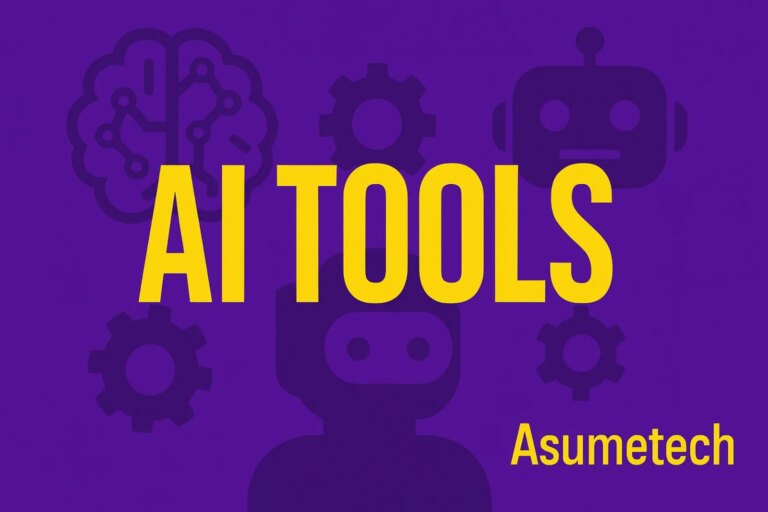The integration of artificial intelligence into video editing has revolutionized the way we enhance multimedia content. One exciting development is the emergence of tools that can seamlessly add music to existing videos. This capability is particularly intriguing for creators looking to elevate their projects without the hassle of traditional editing workflows.
Transforming Audio in Video Content
One of the most groundbreaking uses of AI in video production is the ability to add musical accompaniment to vocal tracks. Imagine a scenario where a singer records a vocal performance but lacks the musical background to make it stand out. With the aid of AI, it’s now feasible to generate guitar accompaniment or any other instrument seamlessly, enriching the auditory experience without requiring extensive musical knowledge from the creator.
This application isn’t just a theoretical concept. Recent advancements in generative AI have enabled notable companies to develop software that can analyze existing audio tracks and suggest or create relevant music layers that match the tone and style of the original performance. These tools utilize algorithms to understand the nuances of music composition, ensuring that the added elements feel organic rather than tacked on.
The development of these capabilities is a game-changer for content creators ranging from amateur videographers to professional filmmakers. For instance, tools like OpenAI are at the forefront, utilizing their sophisticated models to produce high-quality music tracks that complement visual content. By harnessing these advancements, creators can focus more on their message and less on the technicalities of audio blending.
Real-World Applications and Future Possibilities
As we venture deeper into 2024 and beyond, the implications of these AI-driven music tools are vast. Filmmakers, marketers, and social media influencers are all taking notice of how they can enhance viewer engagement through improved audio dynamics. For instance, consider a travel vlog. Background music can make the visuals more captivating, and AI can personalize soundscapes to match specific locales or moods, tailoring the experience for each audience segment.
Moreover, the rise of platforms that enable user-friendly integration of these tools means that high-quality production values are accessible to everyone. Even those without prior experience in sound editing can create professional compositions. This democratization of content creation is essential, as it fuels creativity and broadens access to artistic avenues previously limited to those with extensive resources or skills.
While the future holds boundless possibilities, it’s essential for creators to understand the underlying technology. Knowledge of concepts like LLMs and how generative AI operates is crucial. As these tools become more sophisticated, leveraging them effectively will require not just artistic instinct but also an understanding of their mechanics.
The path forward looks bright as the fusion of AI and music continues to evolve. We’re likely to see more innovative methods to integrate sound and video, making the process increasingly intuitive. It’s an exciting time for content creators ready to embrace these changes and explore new dimensions of their craft.
Images are for reference only.Images and contents gathered automatic from google or 3rd party sources.All rights on the images and contents are with their legal original owners.

